Table of Content
Mumbai, one of India’s busiest and most vibrant cities, has always faced challenges with traffic congestion and long commuting times. In recent years, the Mumbai Metro has emerged as a transformative project, promising faster travel, reduced congestion, and improved connectivity across the city. With plans to expand even further by 2025, the Mumbai Metro is set to change how residents move around and, in turn, affect the real estate market.
This blog will explore the various metro lines, routes, station details, and how all these developments are expected to boost real estate in Mumbai all explained in simple words that even an 8th grader can understand.
What is the Mumbai Metro?
The Mumbai Metro is a modern rapid transit system that serves the Mumbai Metropolitan Region (MMR). It is designed to provide an efficient, fast, and eco-friendly mode of transportation. By offering an alternative to the often crowded local trains and road traffic, the metro helps reduce travel time and makes commuting more comfortable for millions of people.
The project is being executed in phases, with some lines already operational and many more in development. The goal is to create a network of metro lines that connect various parts of Mumbai, making it easier for people to travel from one area to another.
Also Read: Haryana Urban Development Authority (HUDA) Transformed into Haryana Shehri Vikas Pradhikaran (HSVP)
Mumbai Metro Lines by 2025
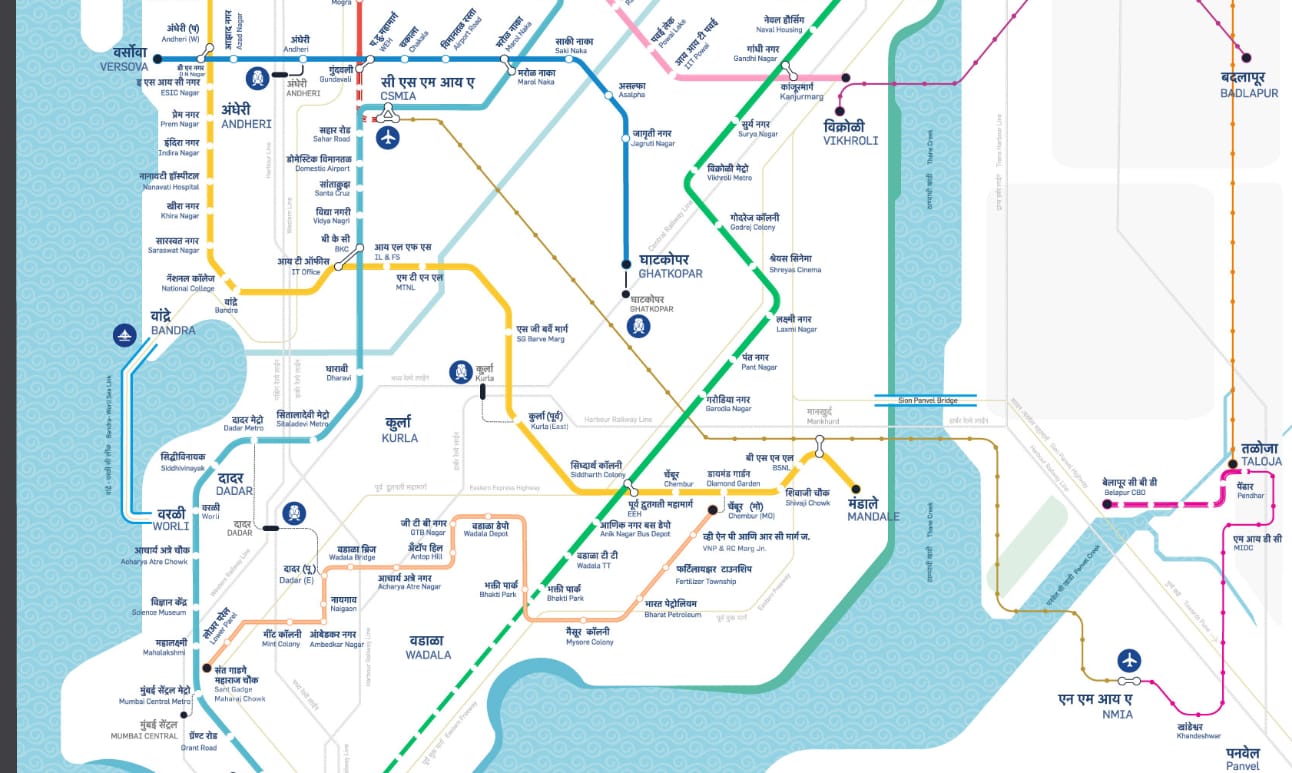
By 2025, the Mumbai Metro is expected to be even more expansive. Here, we break down some of the key metro lines and their routes:
1. Metro Line 1: Versova – Ghatkopar
- Route & Stations:
This line connects the western suburbs of Mumbai to the eastern parts of the city. Key stations on this line include Versova, DN Nagar, Andheri, and Ghatkopar. - Impact:
As one of the first lines, it has significantly reduced travel time between the east and west, making it a lifeline for daily commuters.
2. Metro Line 2A: Dahisar East – DN Nagar
- Route & Stations:
This line primarily serves the northern suburbs. It links Dahisar East with DN Nagar, passing through important residential and commercial areas like Kandivali and Malad. - Impact:
Line 2A helps decongest the Western Express Highway and provides a reliable alternative for daily travel in the northern parts of Mumbai.
3. Metro Line 7: Dahisar East – Andheri East
- Route & Stations:
This line enhances connectivity in the northern and central parts of the city by linking Dahisar East with Andheri East. - Impact:
By improving north-south connectivity, Line 7 makes commuting easier and faster, especially during peak hours.
4. Upcoming and Proposed Lines
Beyond the current operational lines, several new metro corridors are under planning or construction:
- New Corridors:
Future expansions include additional routes that will connect peripheral areas to the city center. These routes are being designed to cater to the growing population and ease the pressure on existing transport systems. - Interchanges and Integration:
The new plans include creating interchanges where different metro lines connect, ensuring seamless travel across the network. This integration is expected to boost convenience for commuters further.
Understanding the Metro Map
The metro map of Mumbai is a visual representation of all the metro lines and their stations. For a person new to the city or someone trying to understand the network, the map is an invaluable tool. Here’s why:
- Navigation:
The metro map helps passengers quickly find out which line to take and where to transfer if needed. - Planning:
Commuters can plan their journeys in advance by identifying the most efficient routes from one point to another. - Real Estate Decisions:
The map also plays a significant role in real estate. Areas near metro stations often see a rise in property value because of the convenience of transportation.
Also Read: Save Tax by Paying Rent to Family? Here's What You Need to Know!
Real Estate Impact of the Mumbai Metro
One of the most exciting aspects of the expanding Mumbai Metro is its impact on real estate. Improved connectivity tends to make nearby areas more attractive for both residential and commercial investments. Here’s how the metro influences the property market:
1. Increased Property Values
- Accessibility:
Properties located near metro stations become more desirable because residents can easily access the metro network. This increased demand often leads to higher property prices. - Development Potential:
Areas with good metro connectivity attract more infrastructure development, such as shopping malls, offices, and schools, further boosting property values.
2. New Investment Opportunities
- Residential Projects:
Developers are keen to invest in regions that are well-connected. The promise of metro connectivity encourages new housing projects, which can provide modern amenities and improved living conditions. - Commercial Growth:
With enhanced transport links, commercial spaces near metro stations become prime locations for businesses. Offices, retail outlets, and other commercial ventures benefit from the steady flow of commuters.
3. Urban Renewal and Revitalization
- Revamping Old Areas:
Metro projects often lead to the revitalization of older neighborhoods. As connectivity improves, these areas can undergo urban renewal, making them more attractive for future investments. - Smart City Development:
The metro is a critical component of smart city initiatives. Improved public transport, combined with sustainable urban planning, creates vibrant communities that are attractive to investors and residents alike.
4. Better Quality of Life
- Reduced Commute Times:
Faster and more efficient travel means that residents can spend less time in traffic and more time enjoying their lives. This enhances overall well-being and makes the city a more attractive place to live. - Environmental Benefits:
With the metro reducing reliance on private vehicles, there is a positive environmental impact through reduced pollution. A cleaner city can lead to better health outcomes for residents and a more attractive urban environment overall.
Future Prospects and Expansions
Looking ahead, the Mumbai Metro network is expected to continue its rapid expansion. By 2025, additional lines and extensions are planned, further enhancing the city's connectivity. These developments will:
- Connect Remote Areas:
New lines will bring metro access to previously underserved regions, boosting local economies and improving living standards. - Increase Intermodal Connectivity:
Enhanced integration with buses, suburban trains, and other modes of transport will make the entire public transit system more efficient. - Drive Sustainable Growth:
As the network expands, the positive impacts on the environment, real estate market, and overall quality of life will multiply.
Conclusion
The Mumbai Metro is not just a means of transportation, it is a catalyst for transformation in the city. With its expanding network of lines, routes, and stations, the metro is set to revolutionize the way people travel and interact in Mumbai. By 2025, the enhanced connectivity provided by the metro will significantly boost property values, attract new investments, and lead to urban renewal in many parts of the city.
For residents, the metro promises shorter commutes, improved access to essential services, and a better quality of life. For the real estate market, it opens up opportunities for growth and development in areas once considered out of reach. As Mumbai continues to evolve, the Mumbai Metro stands as a shining example of how modern infrastructure can drive a city forward, creating a more efficient, vibrant, and sustainable urban future.
Also Read: Builders Can't Deduct Over 10% of Base Price: Supreme Court Ruling Explained

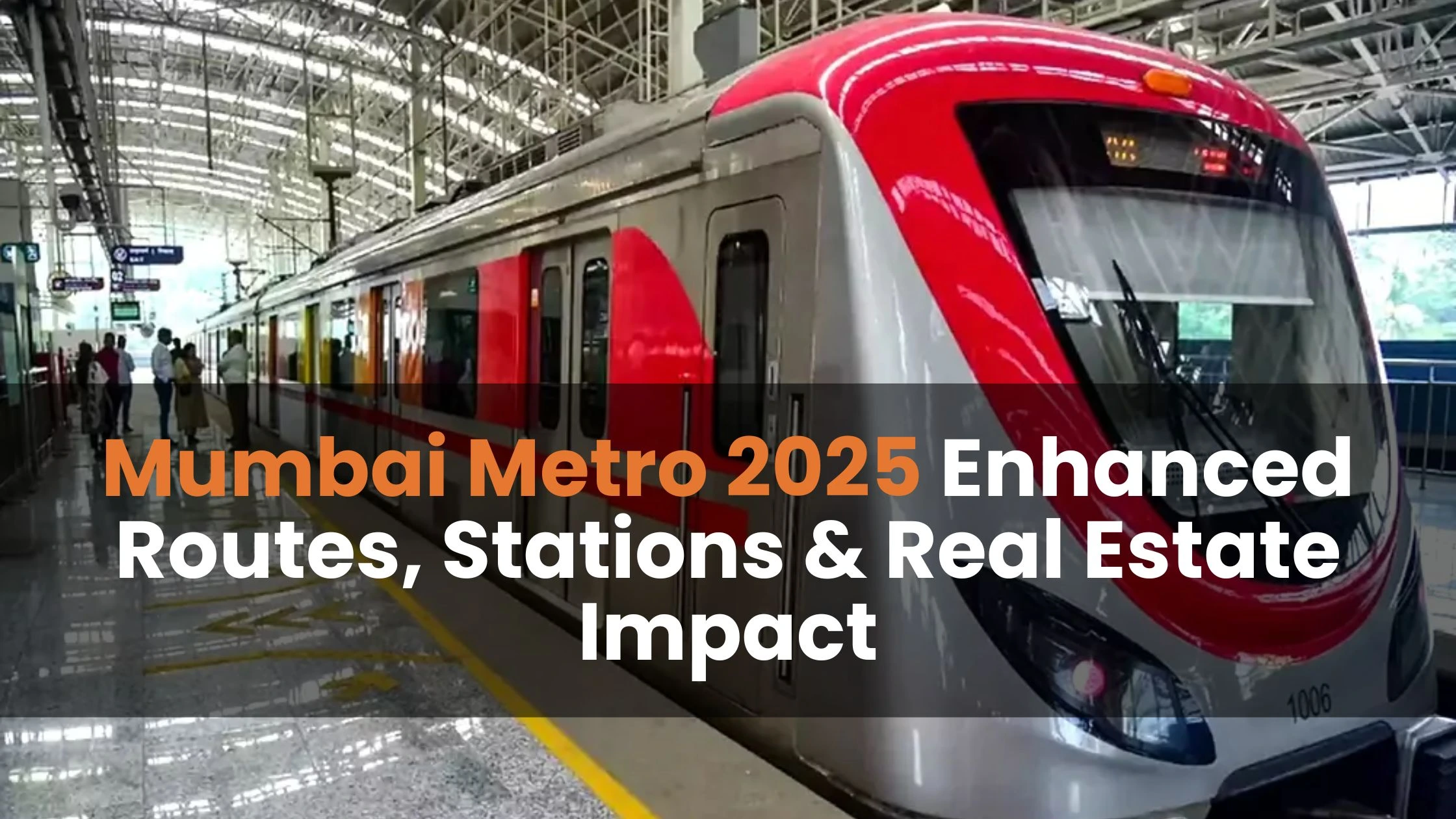
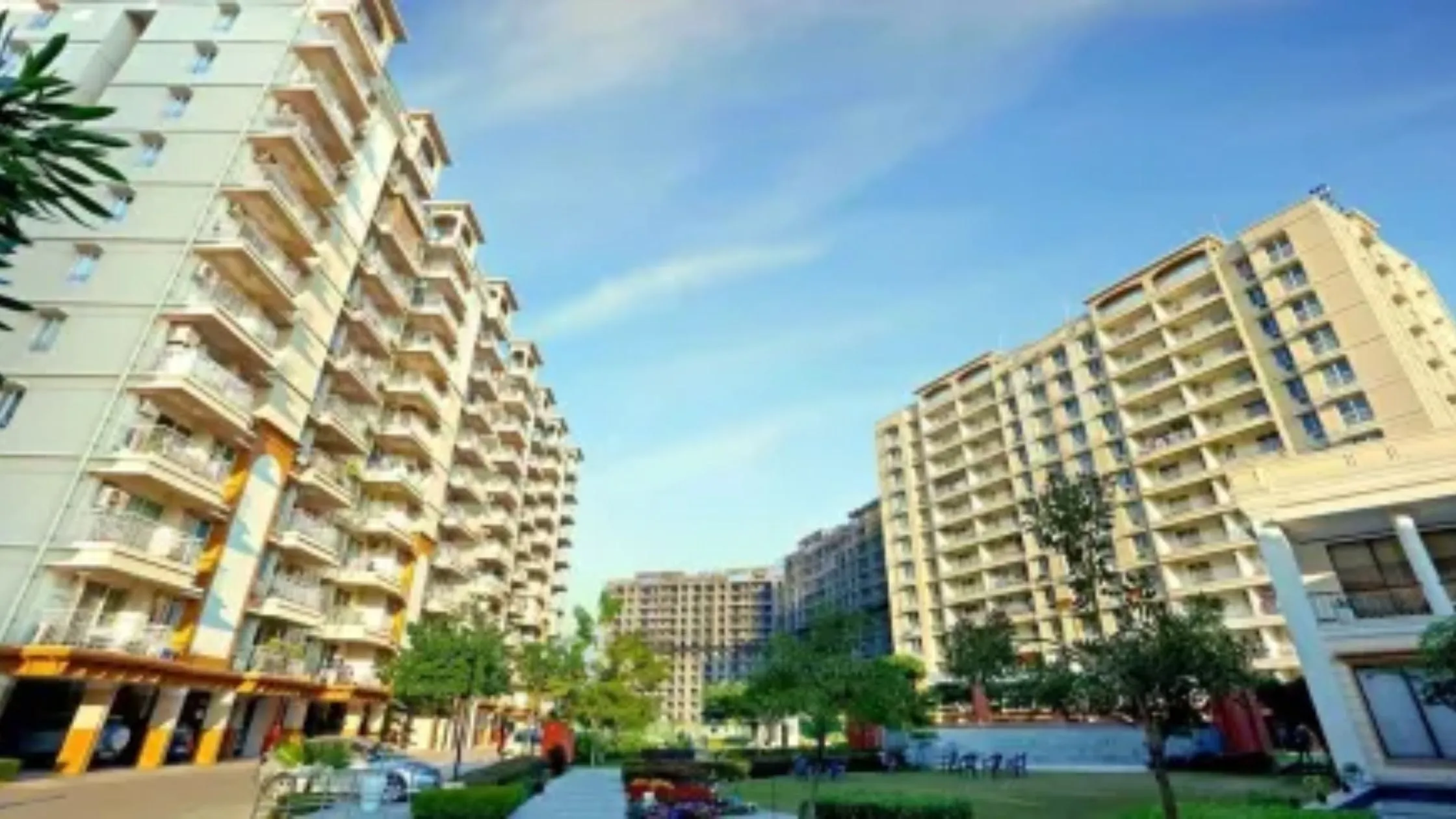
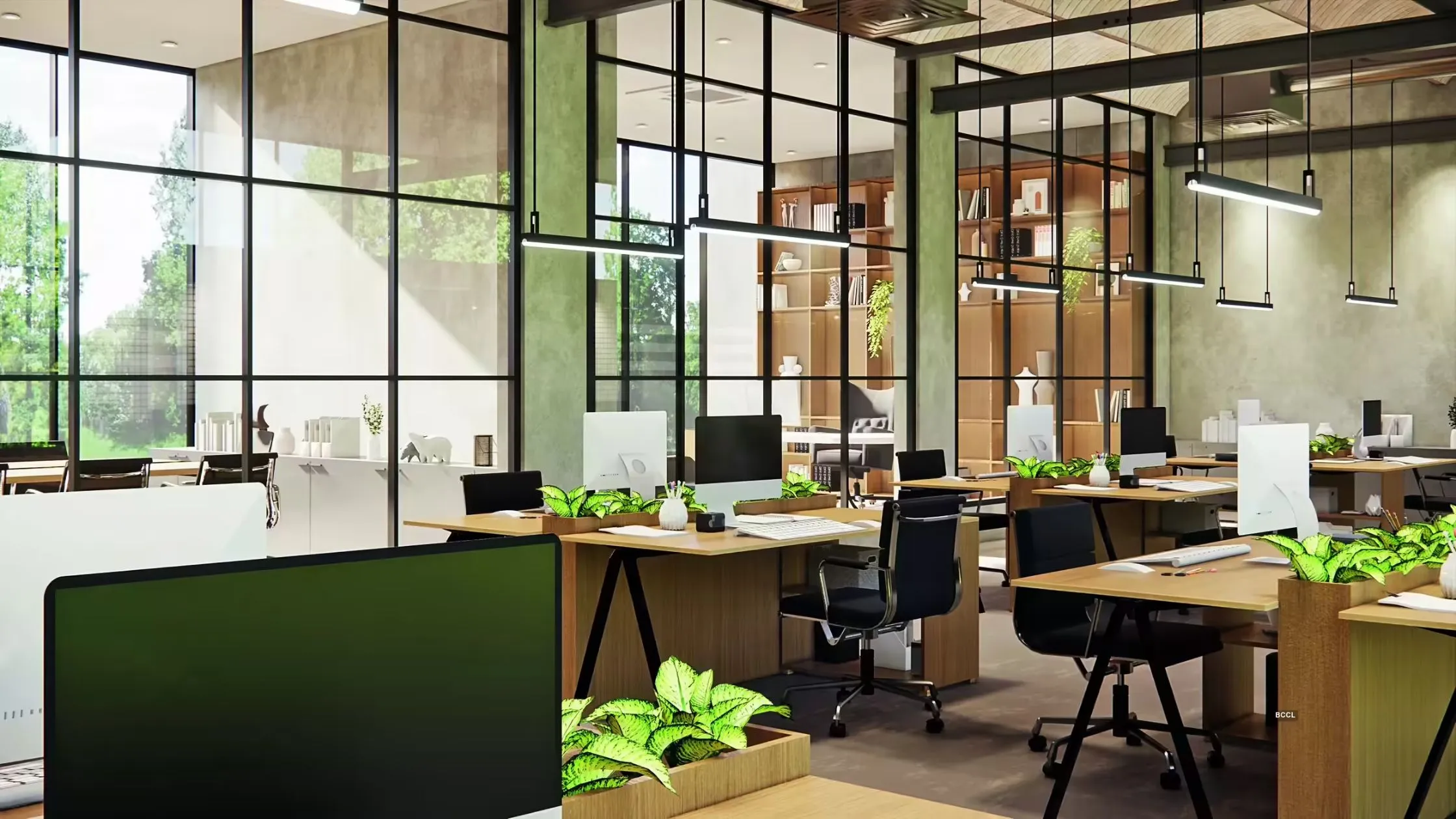
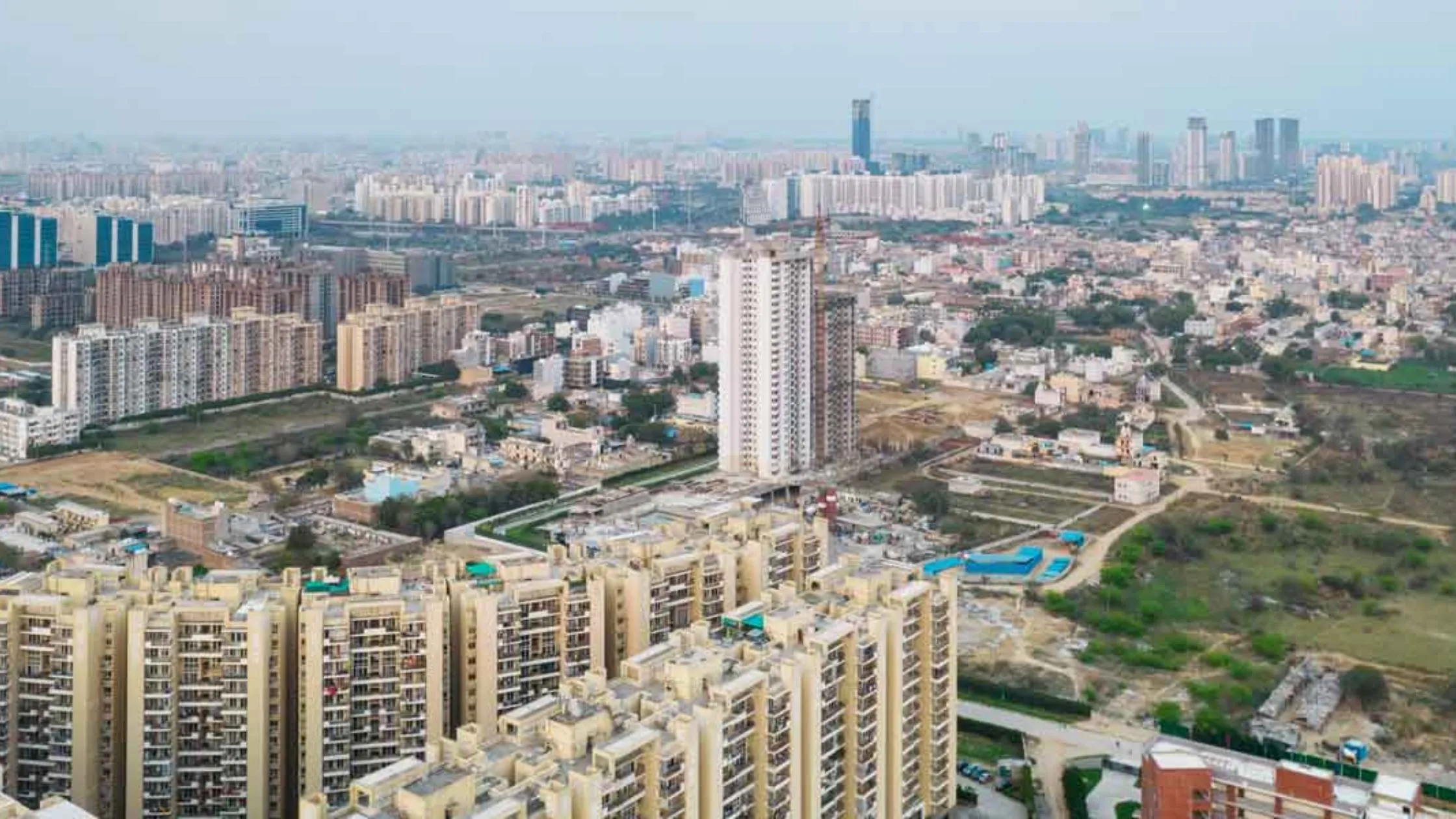
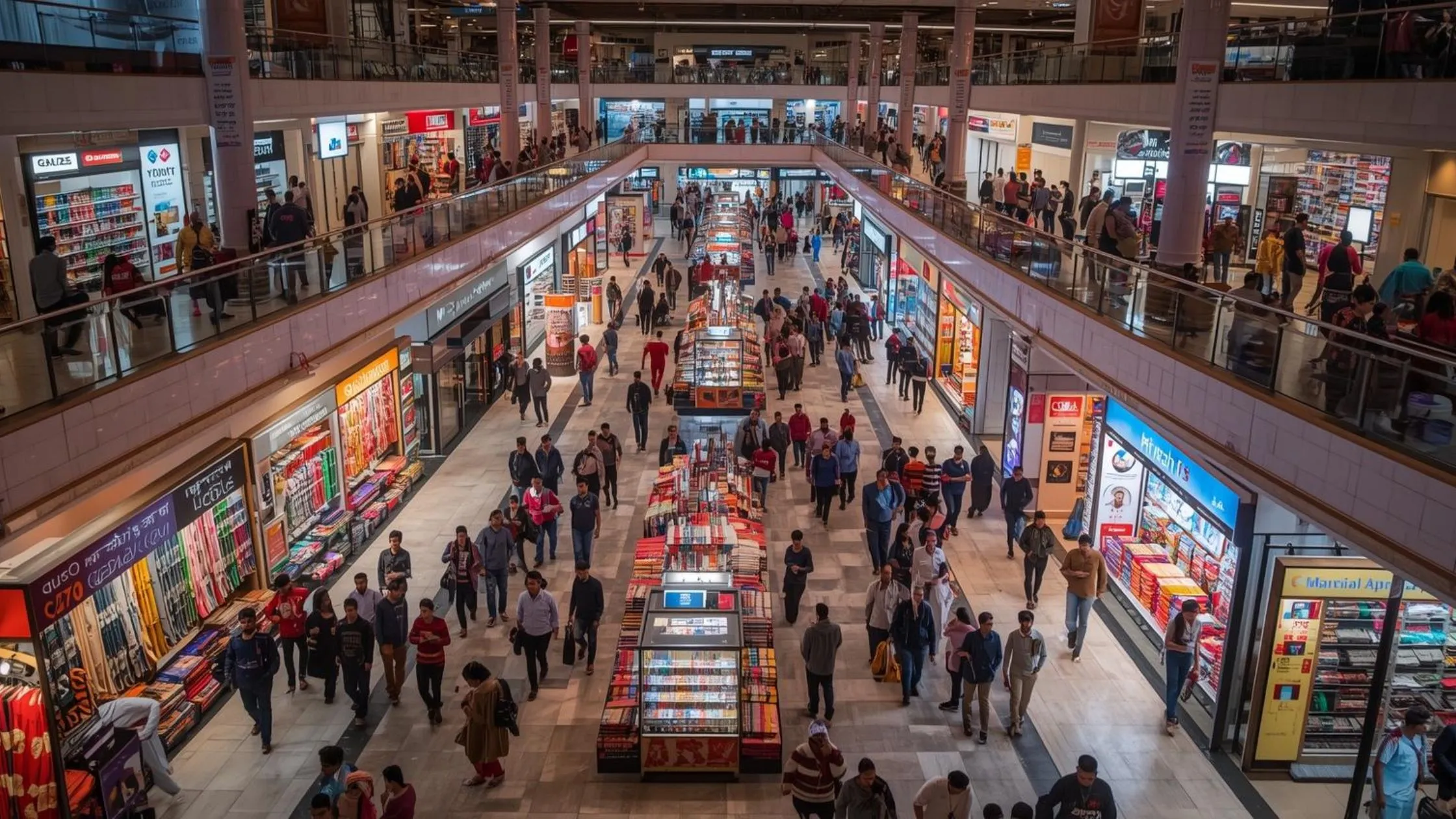

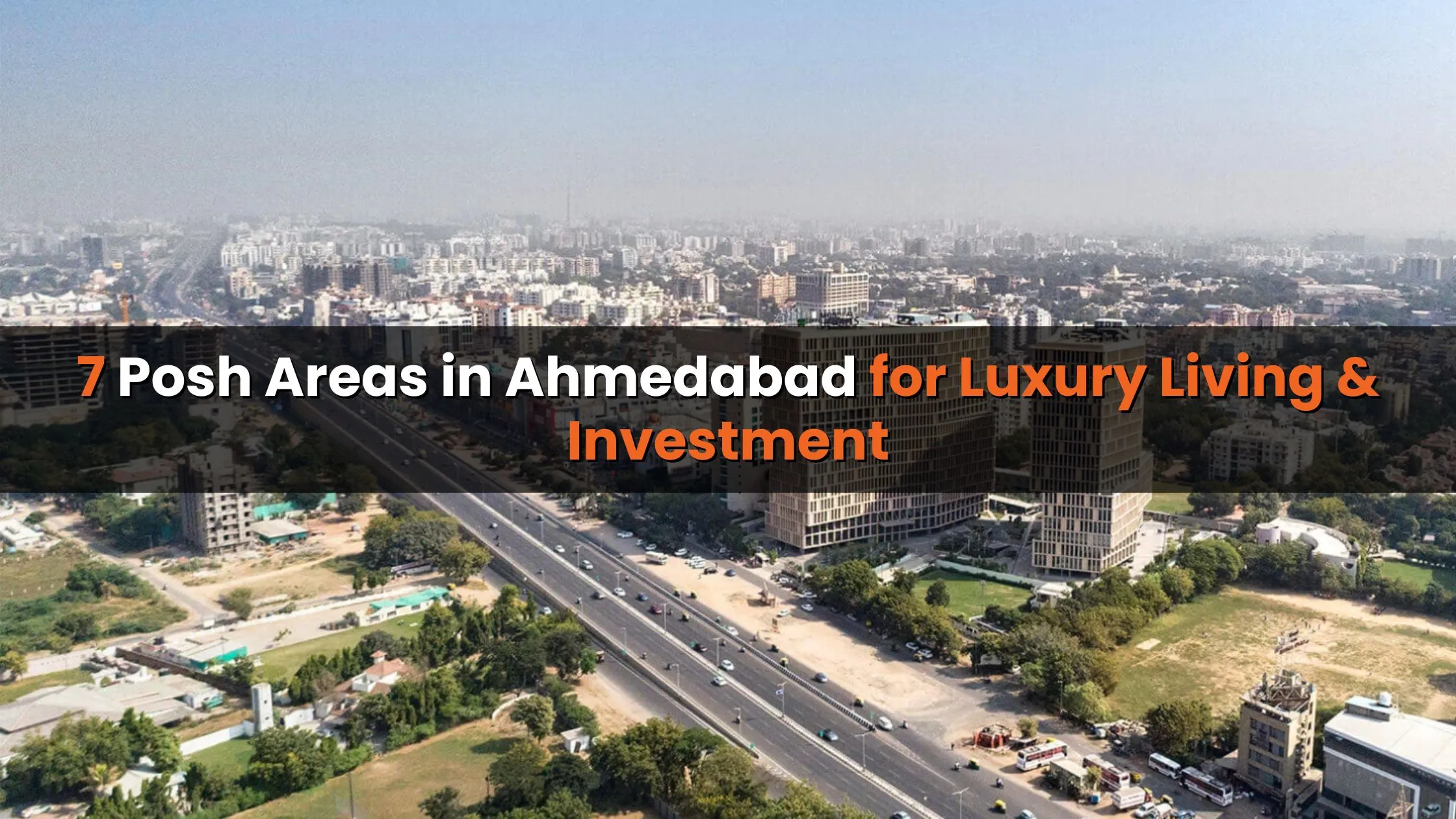
Ans 1. The Mumbai Metro is a modern rapid transit system aimed at reducing traffic congestion and providing fast, eco-friendly transportation across the city.
Ans 2. Several metro lines, including Line 1 (Versova-Ghatkopar) and Line 2A (Dahisar East-DN Nagar), are operational, with more under development.
Ans 3. Properties near metro stations often see increased demand and value due to improved accessibility and connectivity.
Ans 4. Areas like Dahisar, Andheri, and Kandivali are already seeing benefits, while new lines will bring development to peripheral regions.
Ans 5. The metro reduces vehicle usage, leading to lower pollution levels and a cleaner, more sustainable urban environment.
Ans 6. The metro offers faster and more reliable transport options, significantly reducing commute times compared to road traffic.
Ans 7. By 2025, new metro corridors and interchanges will enhance connectivity and bring metro access to underserved regions.
Ans 8. Yes, the metro offers an affordable and efficient way for tourists to navigate Mumbai's key attractions and neighborhoods.